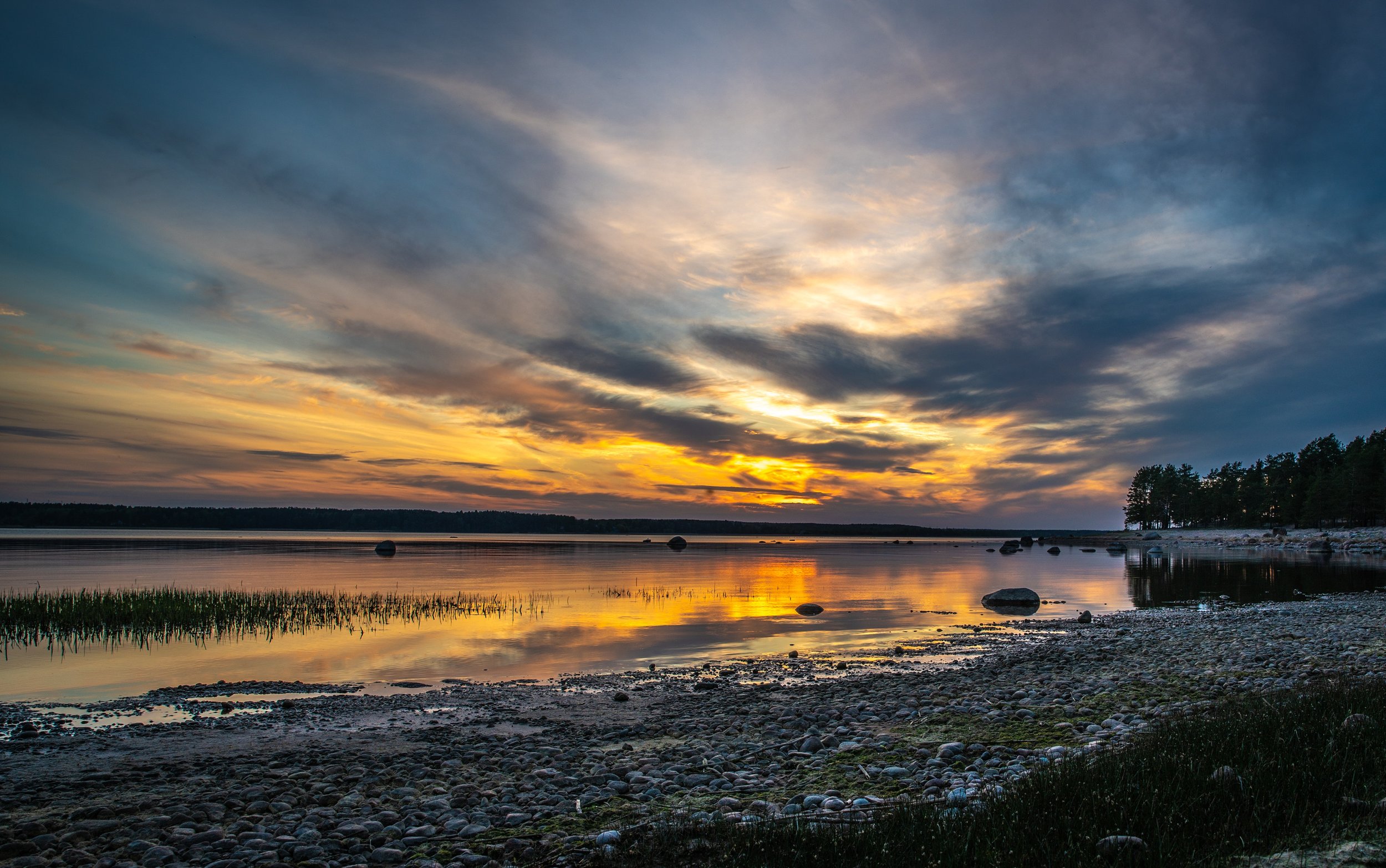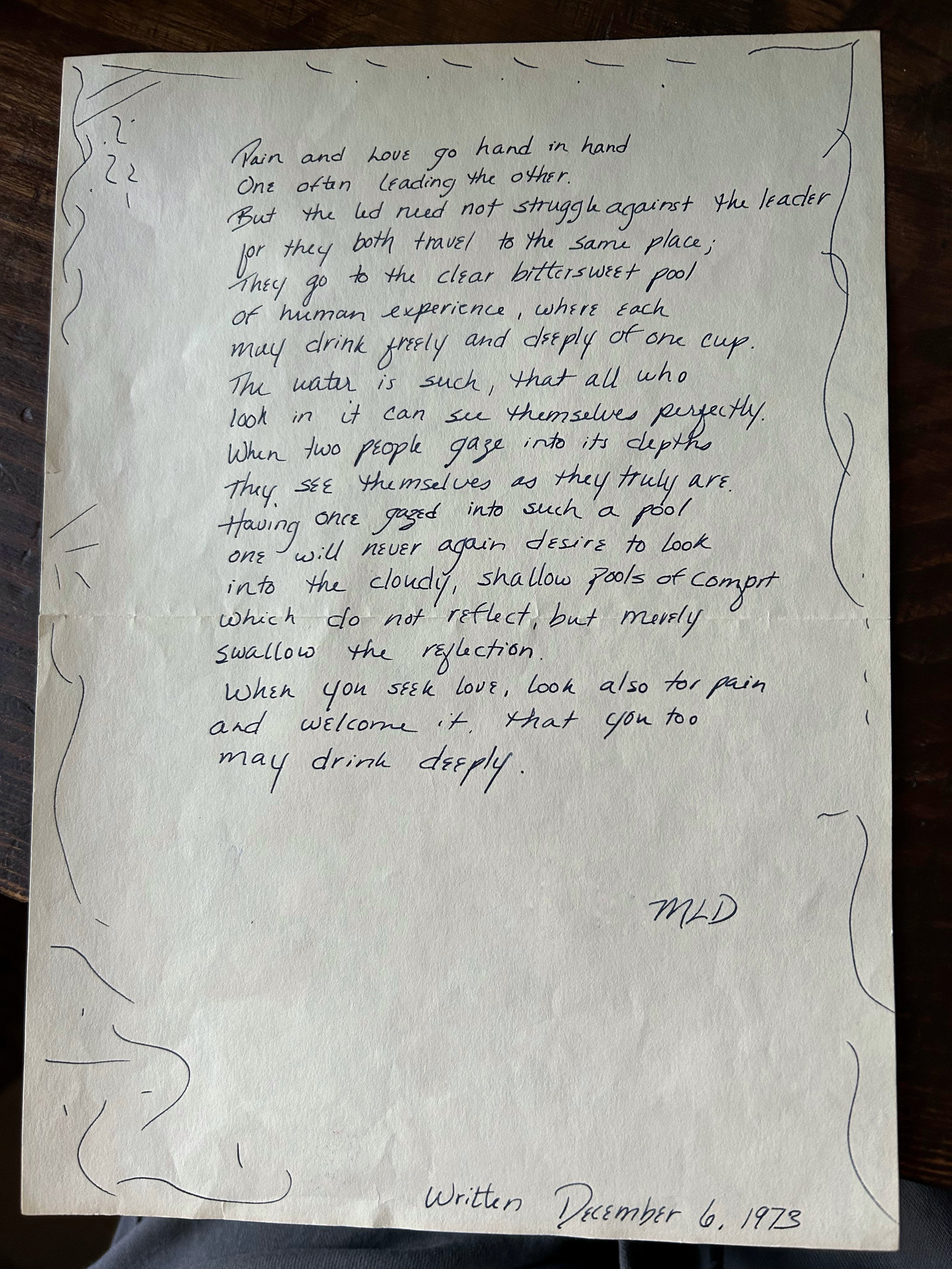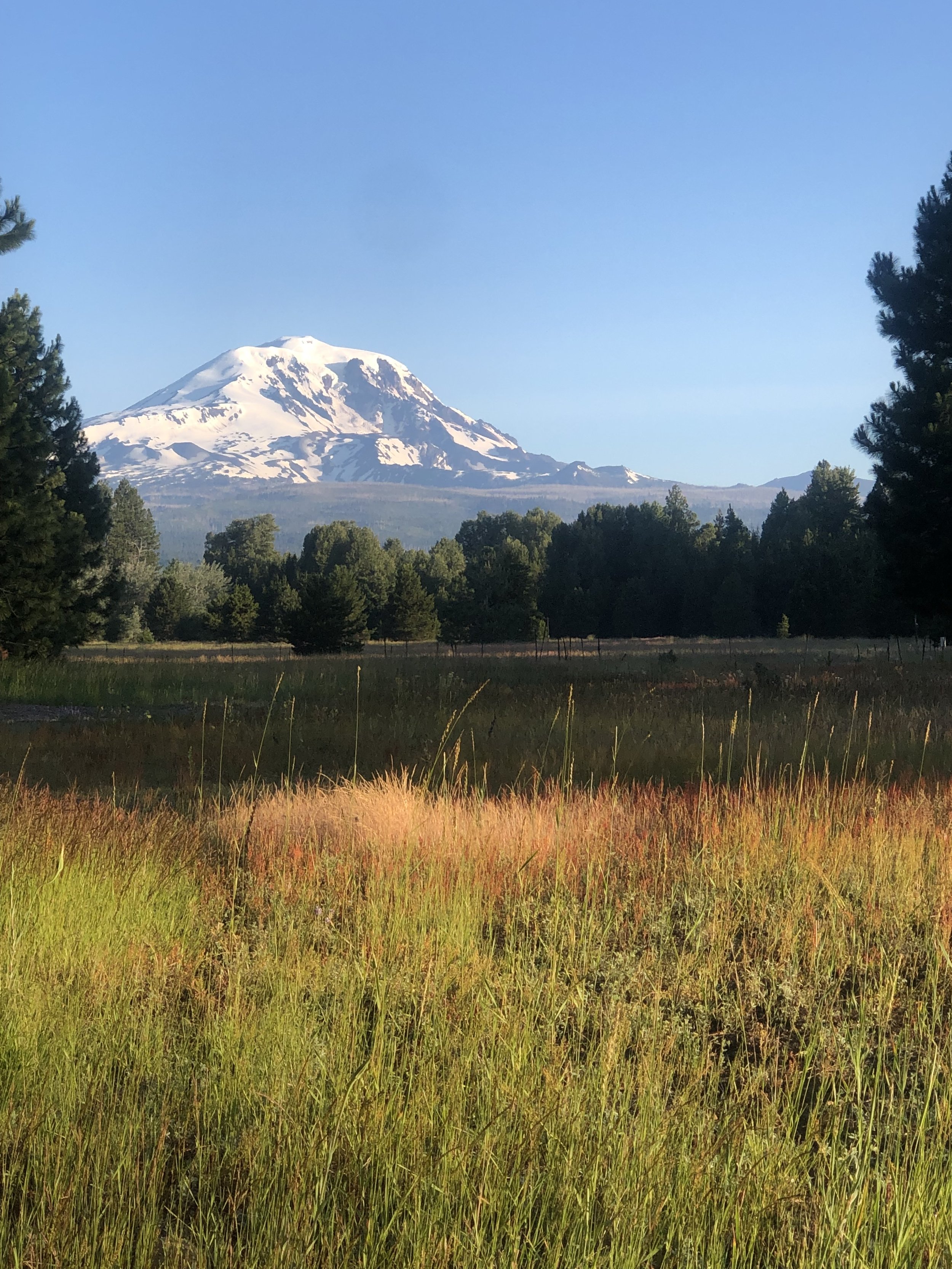It’s almost impossible to overestimate the impact of the past few years. We’ve muddled our way through a worldwide pandemic, lived in isolation from one another, and divided ourselves into political bunkers. While the pandemic may be behind us, we are still flailing around in its wake, and it’s hard to know what to do with all of the detritus. Where do we put the flotsam and jetsam that comes out as anger, frustration, fear, contempt for those we deem at fault, and judgment of those we disagree with or don’t understand?
It all has to go somewhere. And it does. We weave in and out of traffic at high speed, hang up on the customer service agent when we don’t get the answer we want, refuse to let another car merge into our lane, pound our fists on the desk, throw our cell phones across the room, scream at the chatbot, numb out on whatever we numb out on, and when all else fails, we take it out on whomever is close at hand, including ourselves.
There has to be a better way for us to manage all of this bottled up backwash.
This past Sunday a Zen Buddhist monk visited our church. He began by leading us in a Metta Loving Kindness practice We placed our right hand over our heart, covered it with our left, and then offered this blessing to ourselves. May I be well. May I be happy. May I know love. May I know peace. The practice doesn’t stop there, but is repeated several times towards others. Someone easy to love. Someone hard to love, Someone who has less than us. Someone who is our enemy.
We are, each of us, all of those people to someone. To some I am easy to love, to others not so much. I am a stranger to some, have less than others, and, yes, I am someone’s enemy.
We are all in need of this blessing. We all long to be well and to be happy, to know love and to know peace. Including the driver who won’t let us merge, the developer of the chatbot that doesn’t seem to be artificially intelligent enough to understand our predicament, the stranger on the other end of the phone who can’t—or won’t—give us what we want, the erratic driver on the freeway, those on the other side of the political aisle, and the person at the freeway exit with the sign who we are sure is taking advantage of the system.
What if, when that familiar urge to take it out on something, anything, someone, anyone rises up, we just don’t. What if instead, we quietly, silently, offer the blessing found in this practice, and then let it all go.
May you be well.
May you be happy.
May you know love.
May you know peace.
Can’t hurt. Might help.











